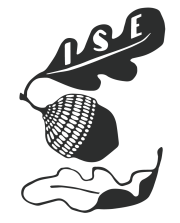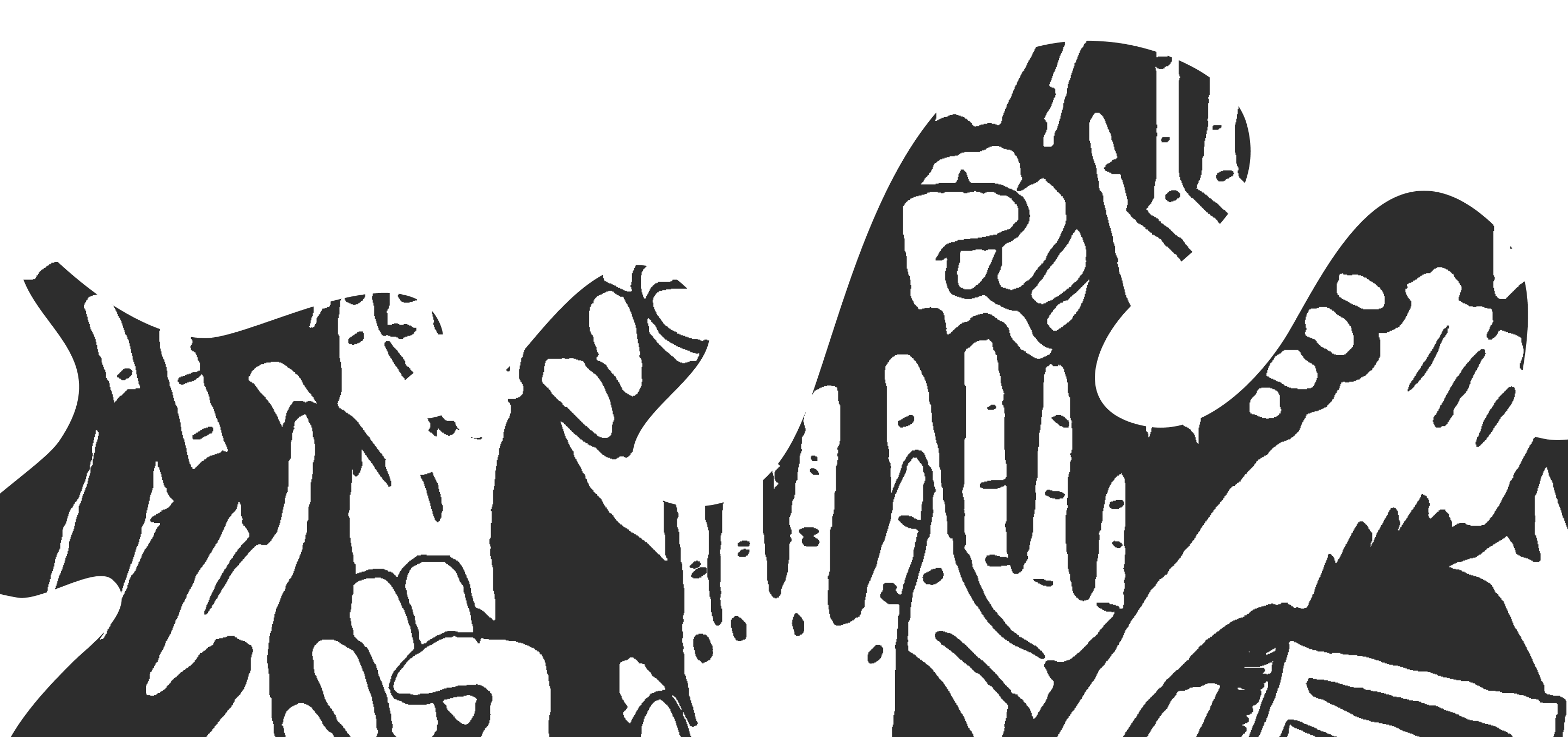Norwegian social ecologist Camilla Hansen, a member of the New Compass publishing collective, has posted an exceptionally comprehensive overview of current models of direct democracy that are in use today around the world. Camilla offers a clear analysis of the potentialities of each model, the obstacles to their fullest realization, and the need for a more systemic approach.
The full paper appears at http://new-compass.net/articles/what-would-real-democracy-look, and was re-posted by ZNet and ROAR Magazine. Here’s a brief excerpt that helps convey its overall outlook:
A real democracy, [in contrast to elite-dominated representative systems], is a direct and participatory democracy, in which all citizens have the possibility and the right to participate in the decisions that affect our lives and our communities. While the powers that be and mainstream media and pundits argue that such a citizen-based democracy is not possible or even desirable, there exist in fact a range of new institutions and experiments — as well as some old ones — that show that a direct and participatory democracy is both possible and feasible today. These democratic innovations, however scattered and limited, could — if improved, strengthened and spread — become the tools for a radical democratization of society. In this article I will take a look at some of these democratic institutions and mechanisms, discuss their strengths and weaknesses, and explore their potentials.

